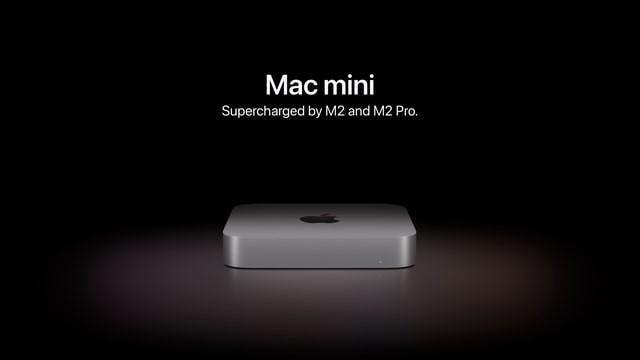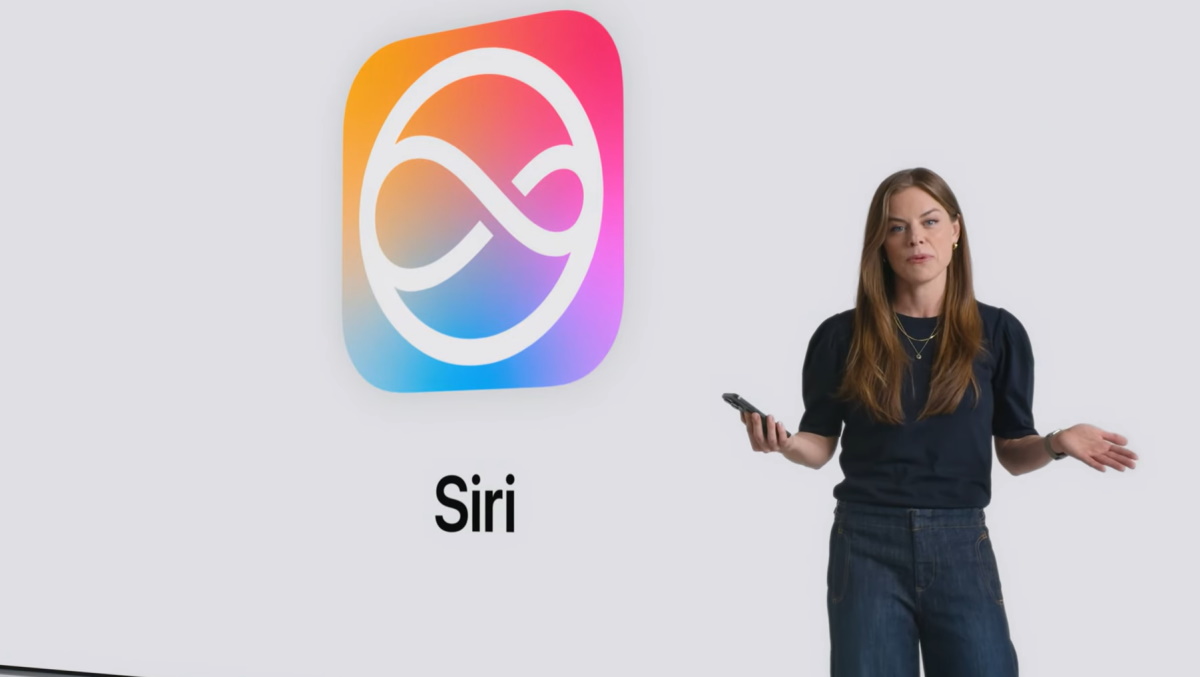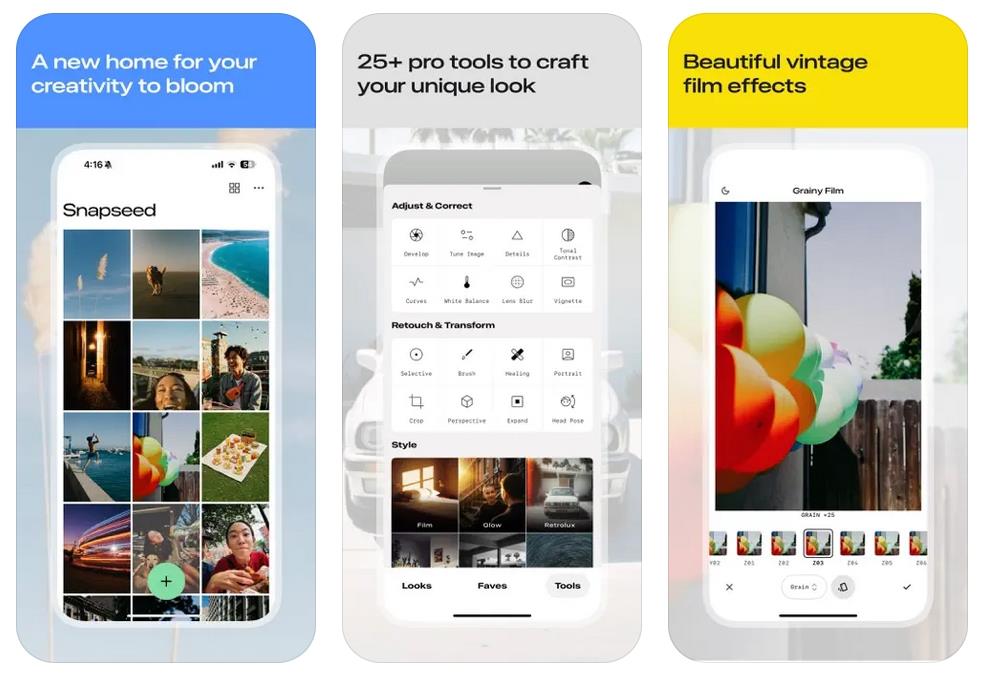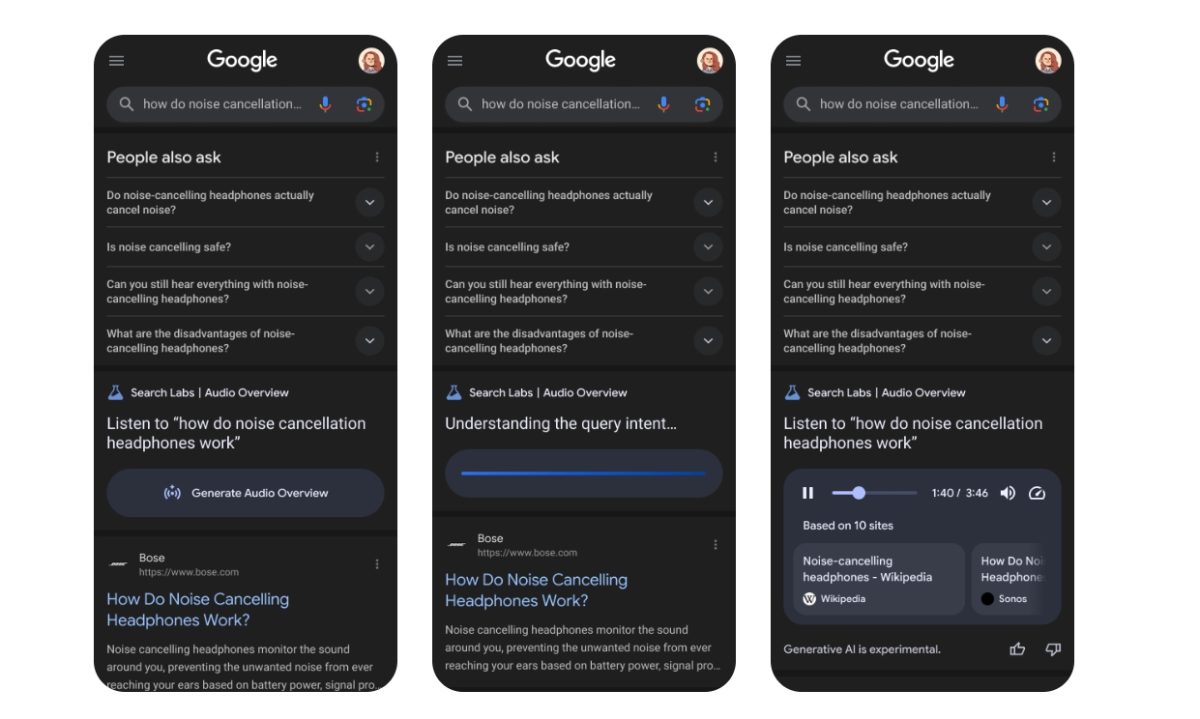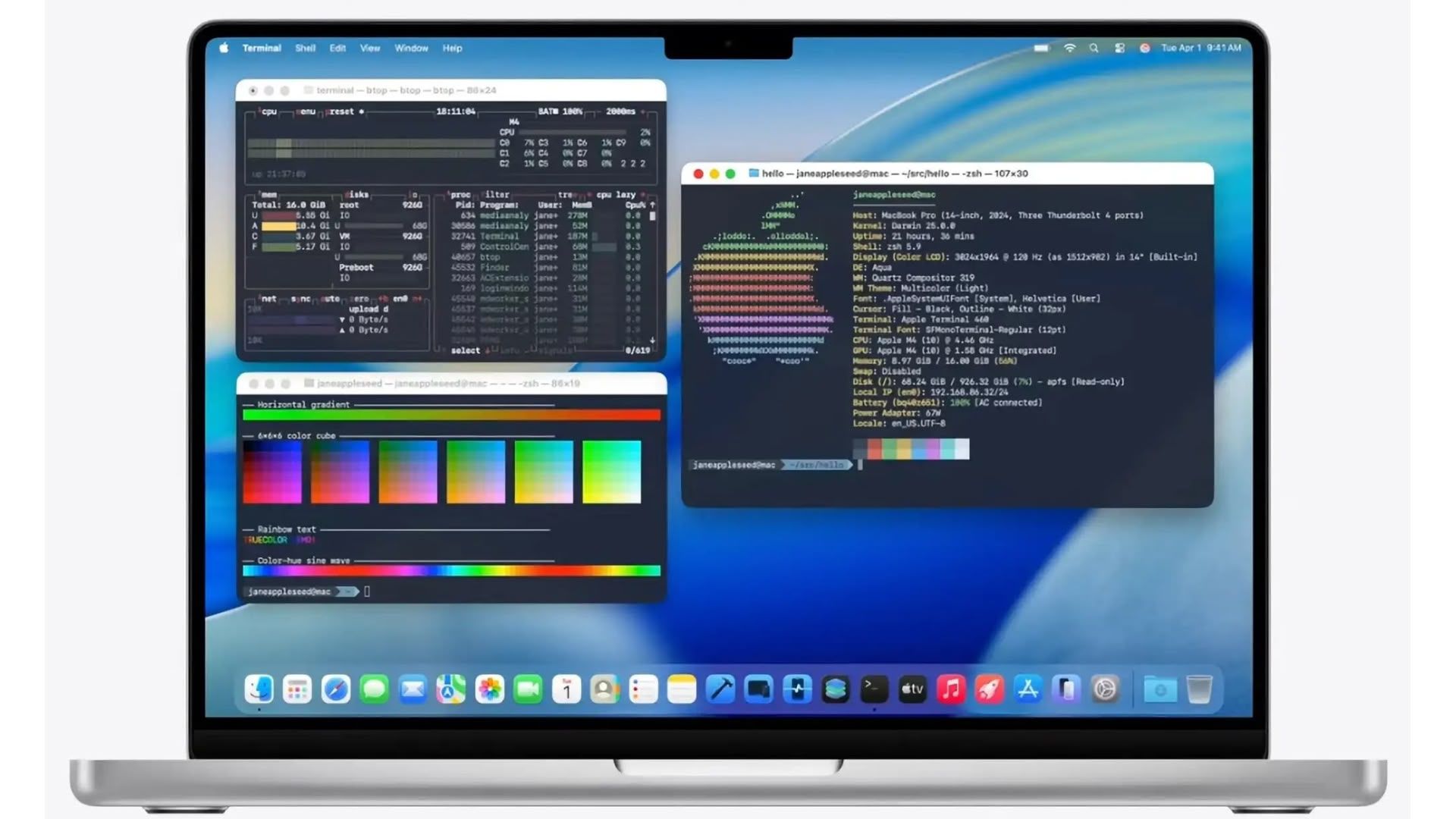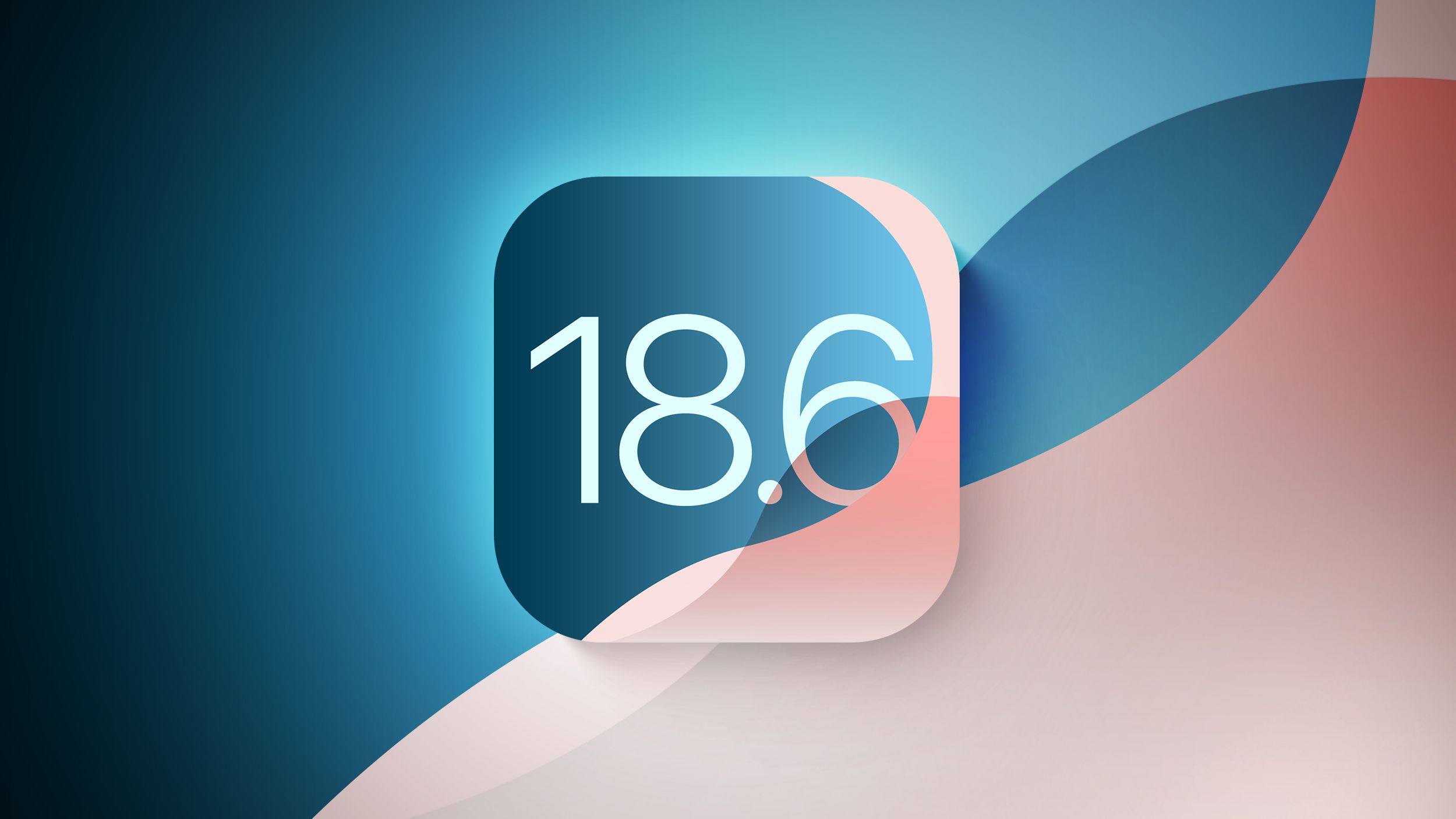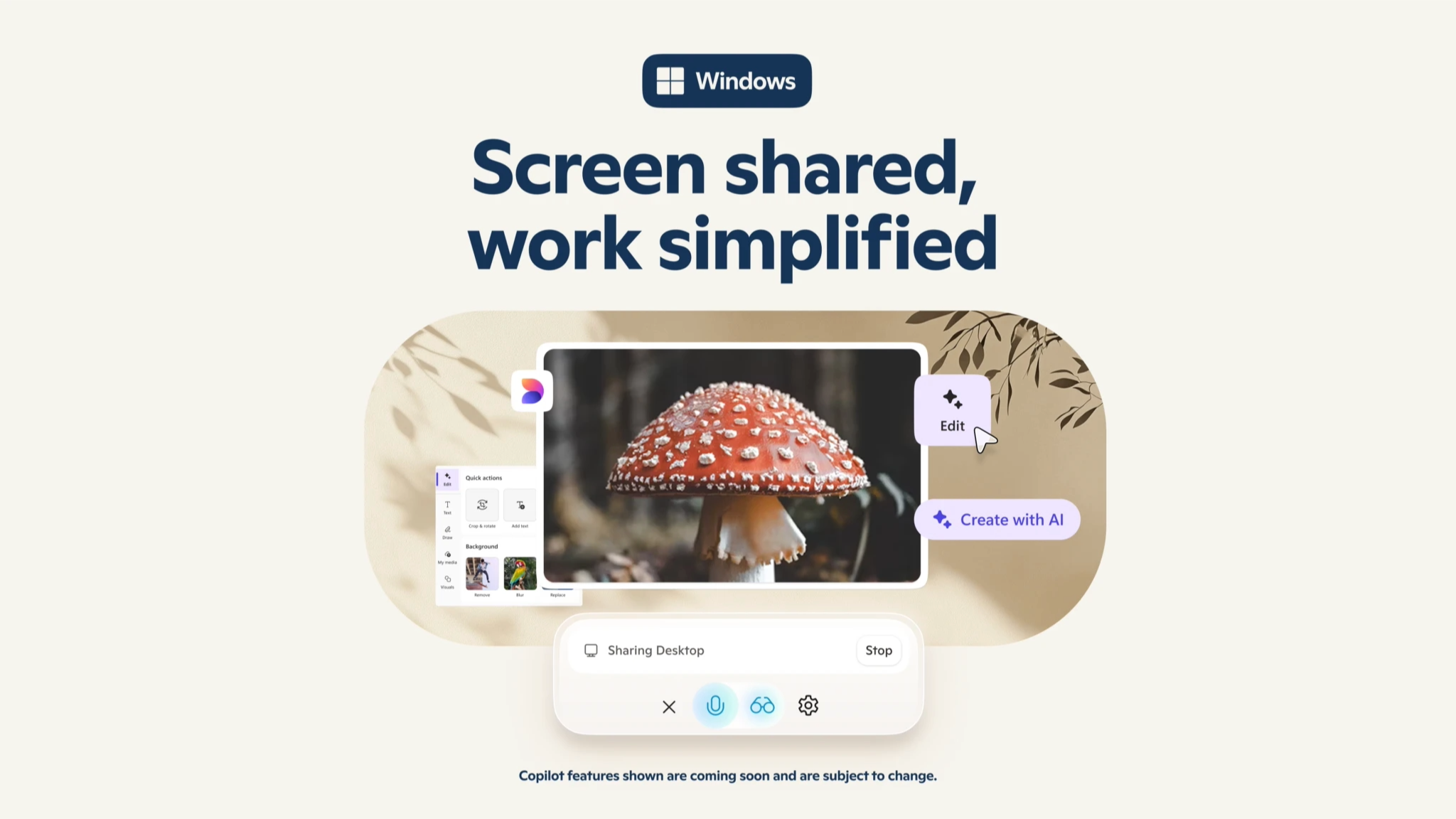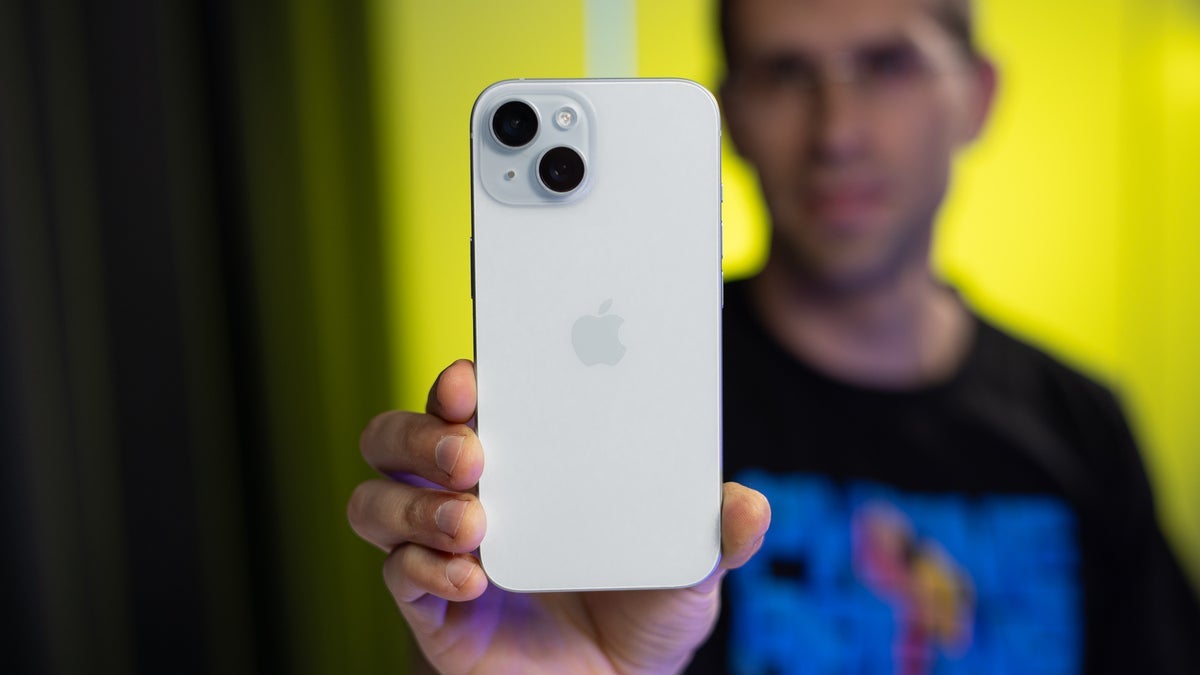Windows 10 is getting a native migration option to Windows 11
Microsoft is ending support for its Windows 10 operating system in October 2025. This deadline has not changed and while part of the Windows 10 userbase can migrate to Windows 11 more […] Thank you for being a Ghacks reader. The post Windows 10 is getting a native migration option to Windows 11 appeared first on gHacks Technology News.
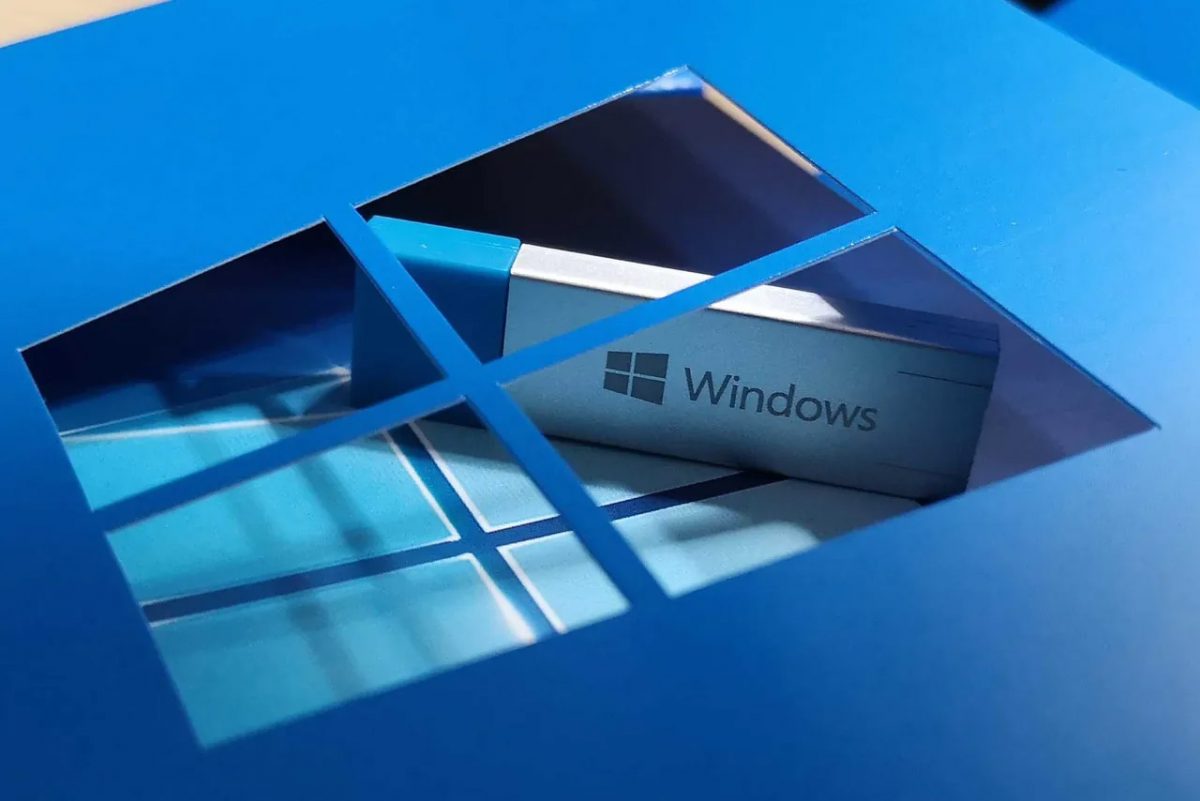
Microsoft is ending support for its Windows 10 operating system in October 2025. This deadline has not changed and while part of the Windows 10 userbase can migrate to Windows 11 more or less effortlessly, millions of devices can't.
Main reason for that is that Windows Update locks out devices that do not meet the Windows 11 system requirements. Microsoft says that customers should get a new PC and with it Windows 11 and preferably all the AI features that the company has cranked out in the past year.
Users have a few other options, including paying Microsoft for a one year extension of support. Using Windows 10 without security updates is out of the question for most users.
Those who buy a new PC face another problem: how do you move your data from the old PC to the new? The manual option is time consuming, as it involves copying files to secondary storage or via established network connections. It may also involve reinstalling apps and moving configurations from one PC to another, if supported.
Microsoft's migration tool

Microsoft is working on integrating a migration tool into the Windows Backup application. The Backup app was launched back in 2023 as a way for users to back up some data to OneDrive, Microsoft's cloud storage solution.
Unlike traditional backup systems, which give users options to back up files, folders, or entire drives, Microsoft's solution focused on very specific locations only.
Windows users can use it to back up certain folders, Documents, Videos, or Pictures, as well as credentials, settings, and some apps.
In other words, it is not a full-blown backup solution, as lots of data may be left behind.
Now comes the migration tool, baked directly into the backup application. It is rolling out to test builds currently. First spotted by Windows-detective Phantom of Earth, the new transfer option migrates data from one PC to another.
While it can be used fo transferring files between any supported Windows systems, say between Windows 11 and another Windows 11 PC, one of its main purposes is the transfer from Windows 10 PCs to Windows 11 PCs.
Both PCs need to be on the same network. As another precaution, verification is required to start the process.
Microsoft hopes clearly that this will give more customers the push they need to make the move to Windows 11.
As far as the scope of the transfer tool is concerned, it is limited as well. While that may be sufficient to some users, others may prefer commercial tools for migrating data from one Windows PC to another. You can check out PC Mover, Zinstall or Todo PCTrans, if you want to explore those options.
Closing Words
Too little, too late? Microsoft's transfer tool moves some files and some data from one Windows PC to another. While some users may find it useful, especially if most of their files and applications are moved to the new PC, many more may find it lacking in scope.
Now You: did you migrate data from one PC to another in the past? How did you do it? Did you use specialized tools for that? Feel free to leave a comment down below.
Thank you for being a Ghacks reader. The post Windows 10 is getting a native migration option to Windows 11 appeared first on gHacks Technology News.


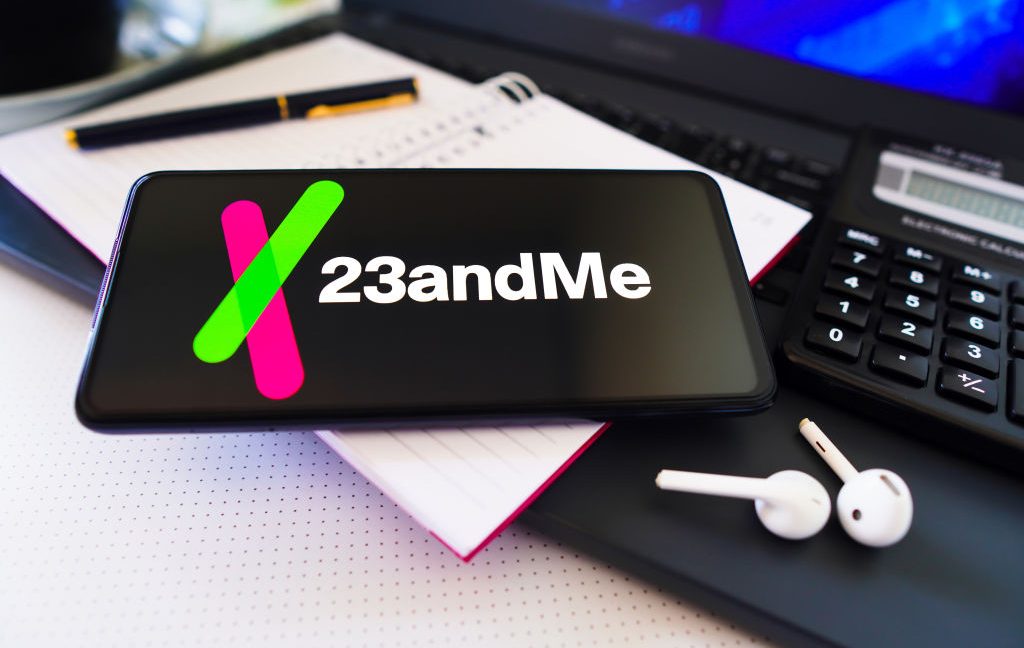
















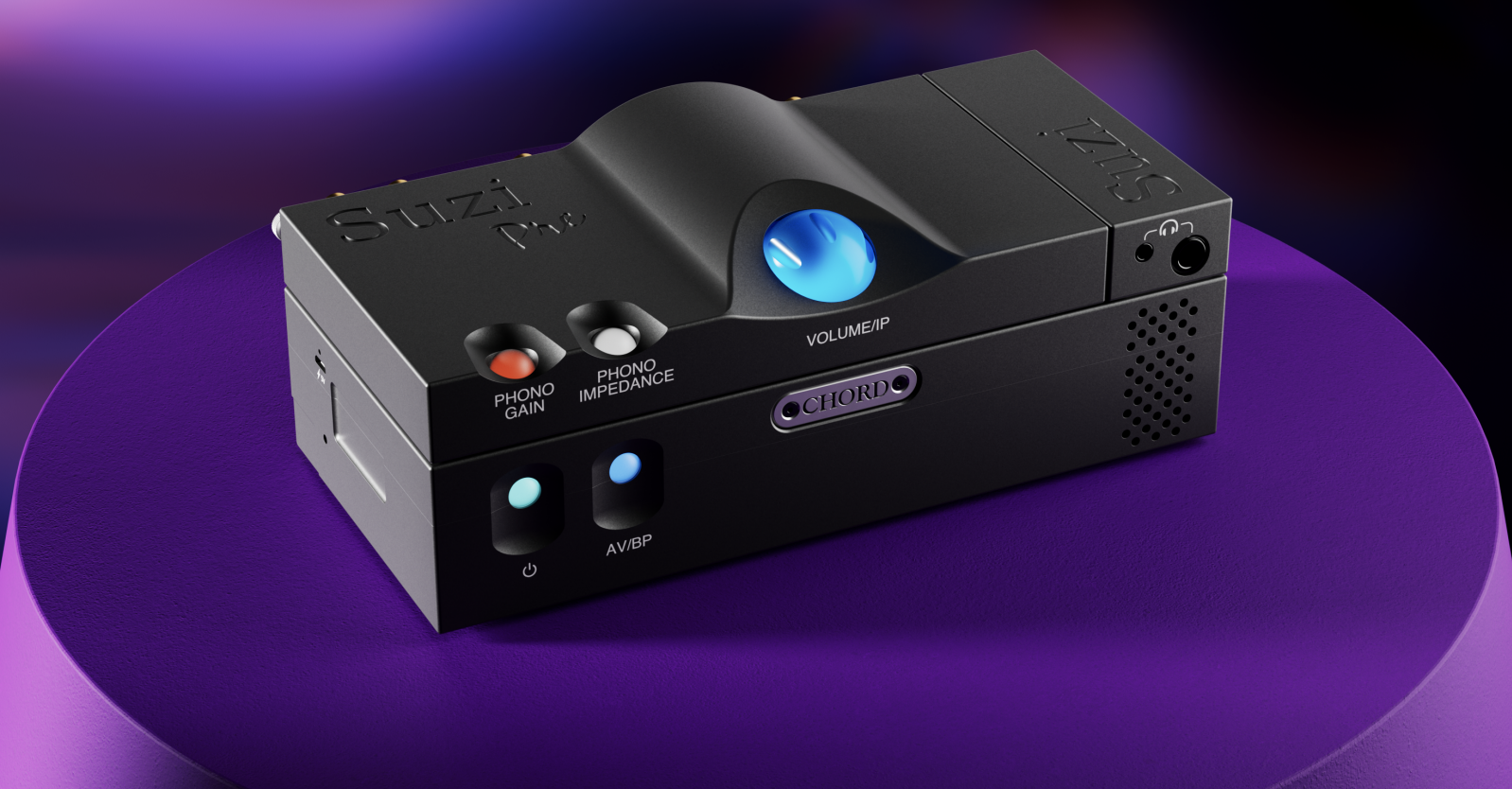







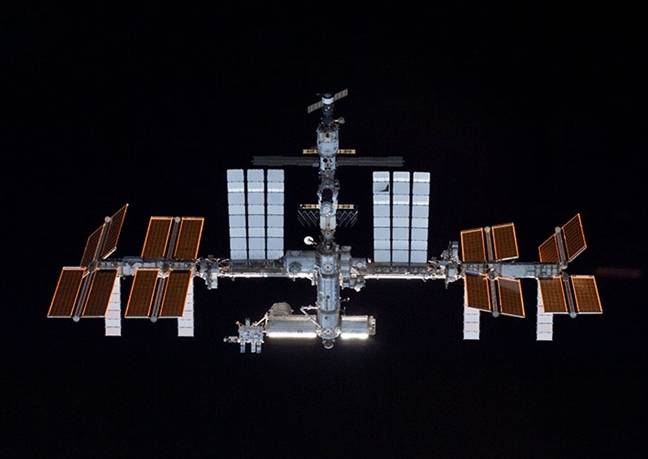













































































































































![[The AI Show Episode 152]: ChatGPT Connectors, AI-Human Relationships, New AI Job Data, OpenAI Court-Ordered to Keep ChatGPT Logs & WPP’s Large Marketing Model](https://www.marketingaiinstitute.com/hubfs/ep%20152%20cover.png)




























































































































![[DEALS] Internxt Cloud Storage Lifetime Subscription: 10TB Plan (87% off) & Other Deals Up To 98% Off – Offers End Soon!](https://www.javacodegeeks.com/wp-content/uploads/2012/12/jcg-logo.jpg)

























![Designing a Robust Modular Hardware-Oriented Application in C++ [closed]](https://i.sstatic.net/f2sQd76t.webp)























.jpg?width=1920&height=1920&fit=bounds&quality=70&format=jpg&auto=webp#)

.jpg?width=1920&height=1920&fit=bounds&quality=70&format=jpg&auto=webp#)




















































































_Andreas_Prott_Alamy.jpg?width=1280&auto=webp&quality=80&disable=upscale#)

_designer491_Alamy.jpg?width=1280&auto=webp&quality=80&disable=upscale#)







































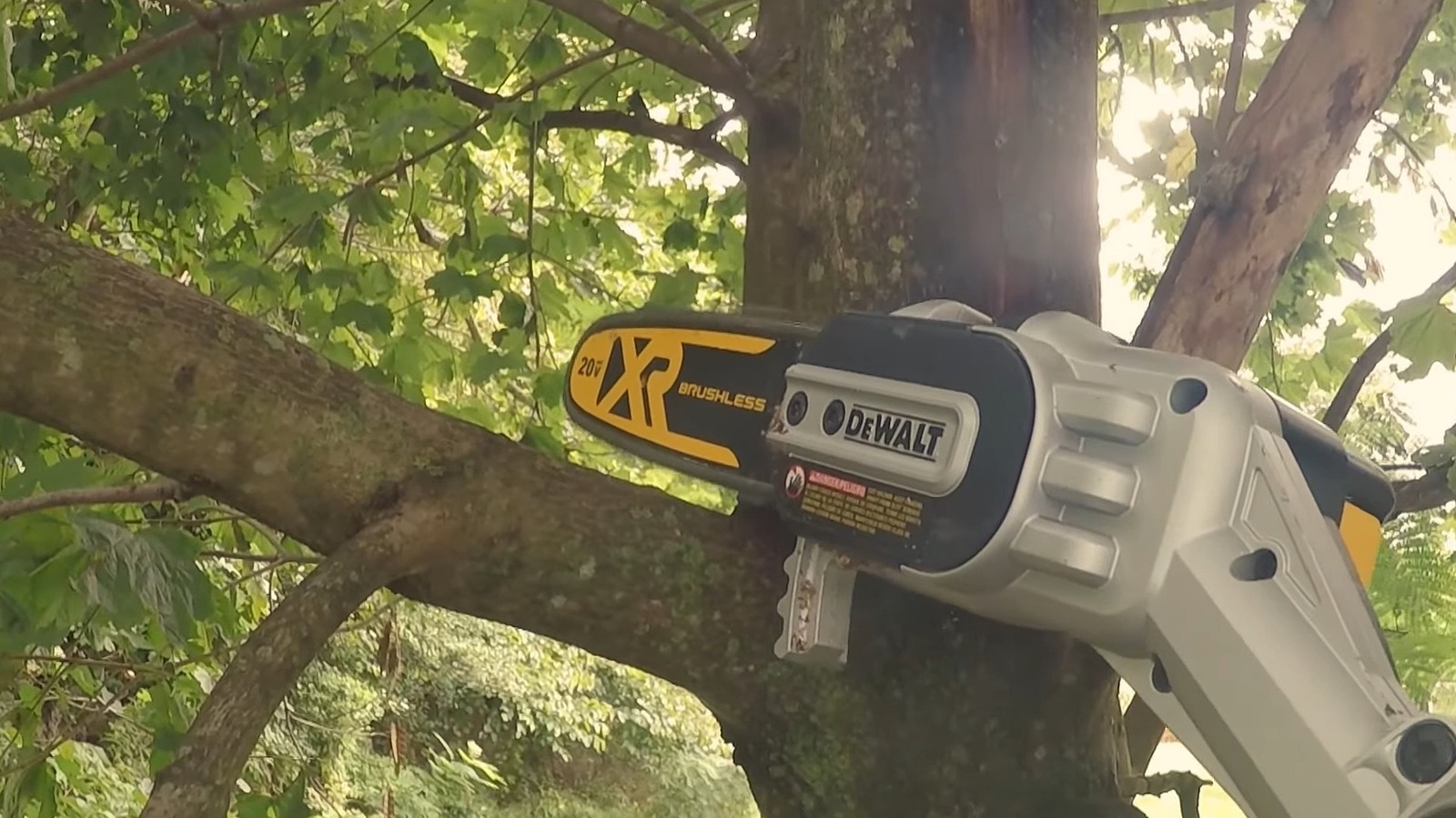










































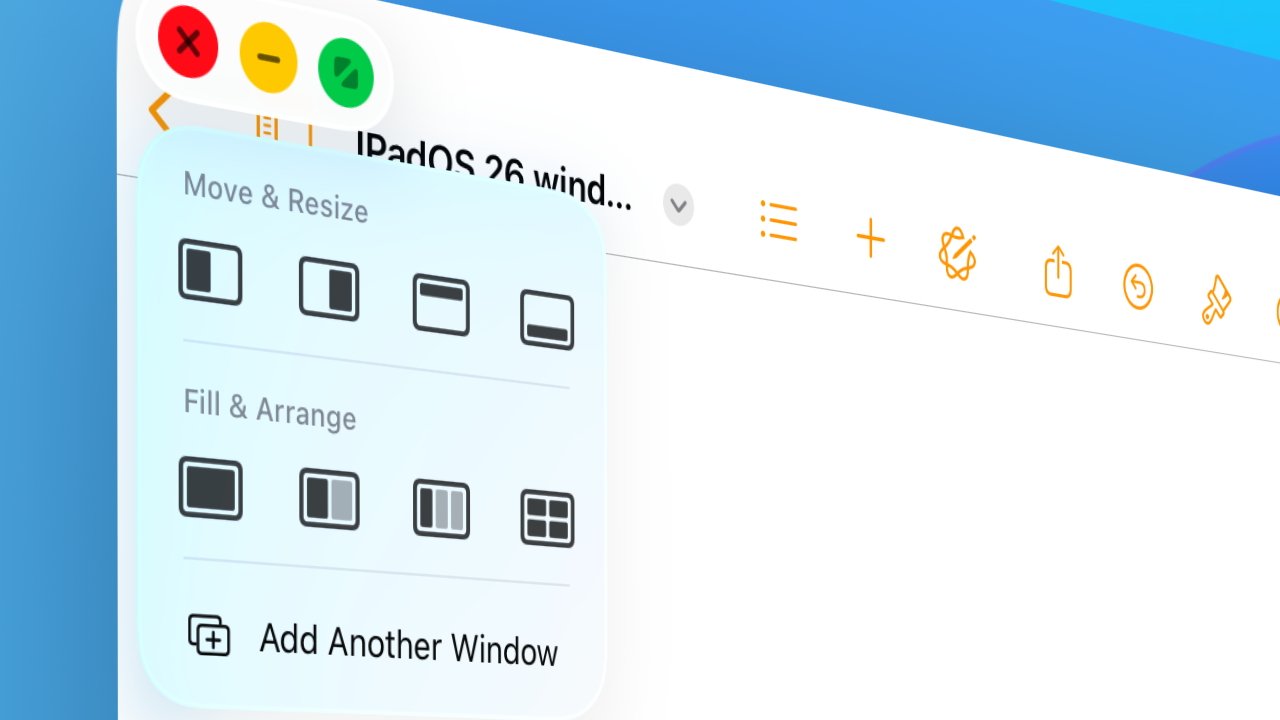


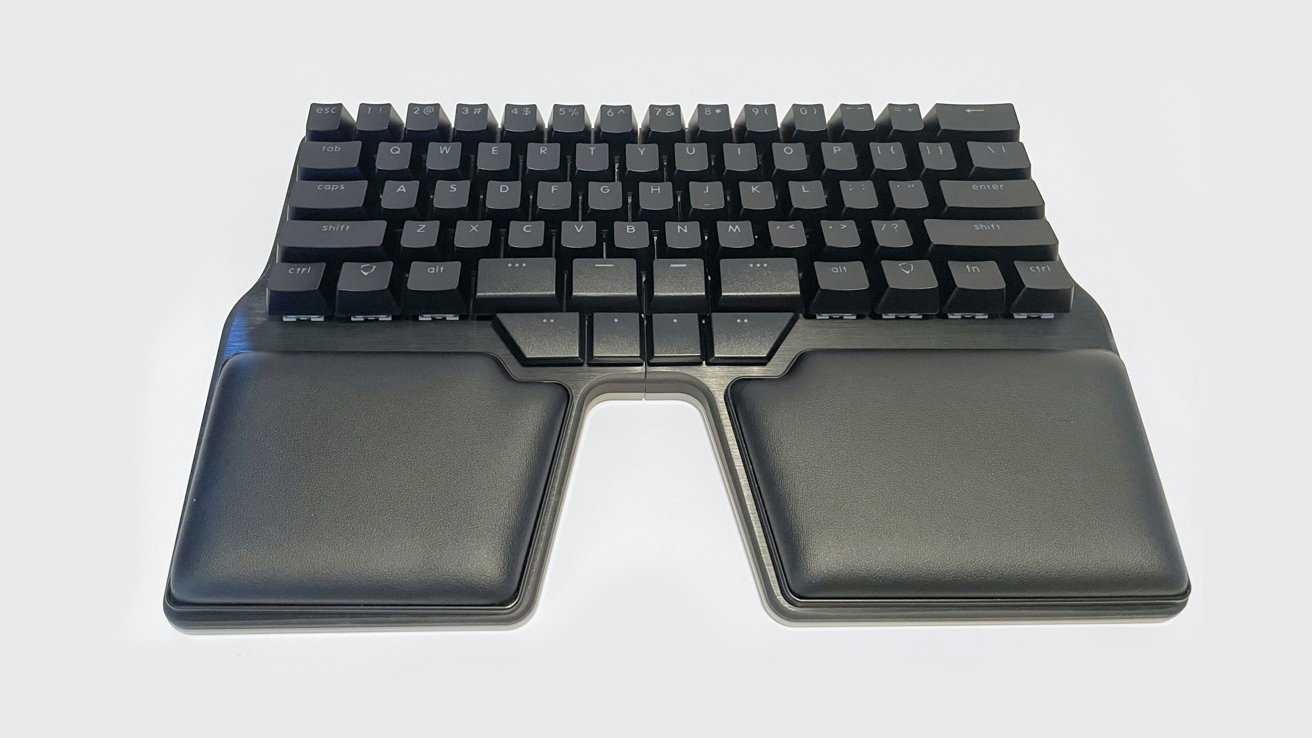
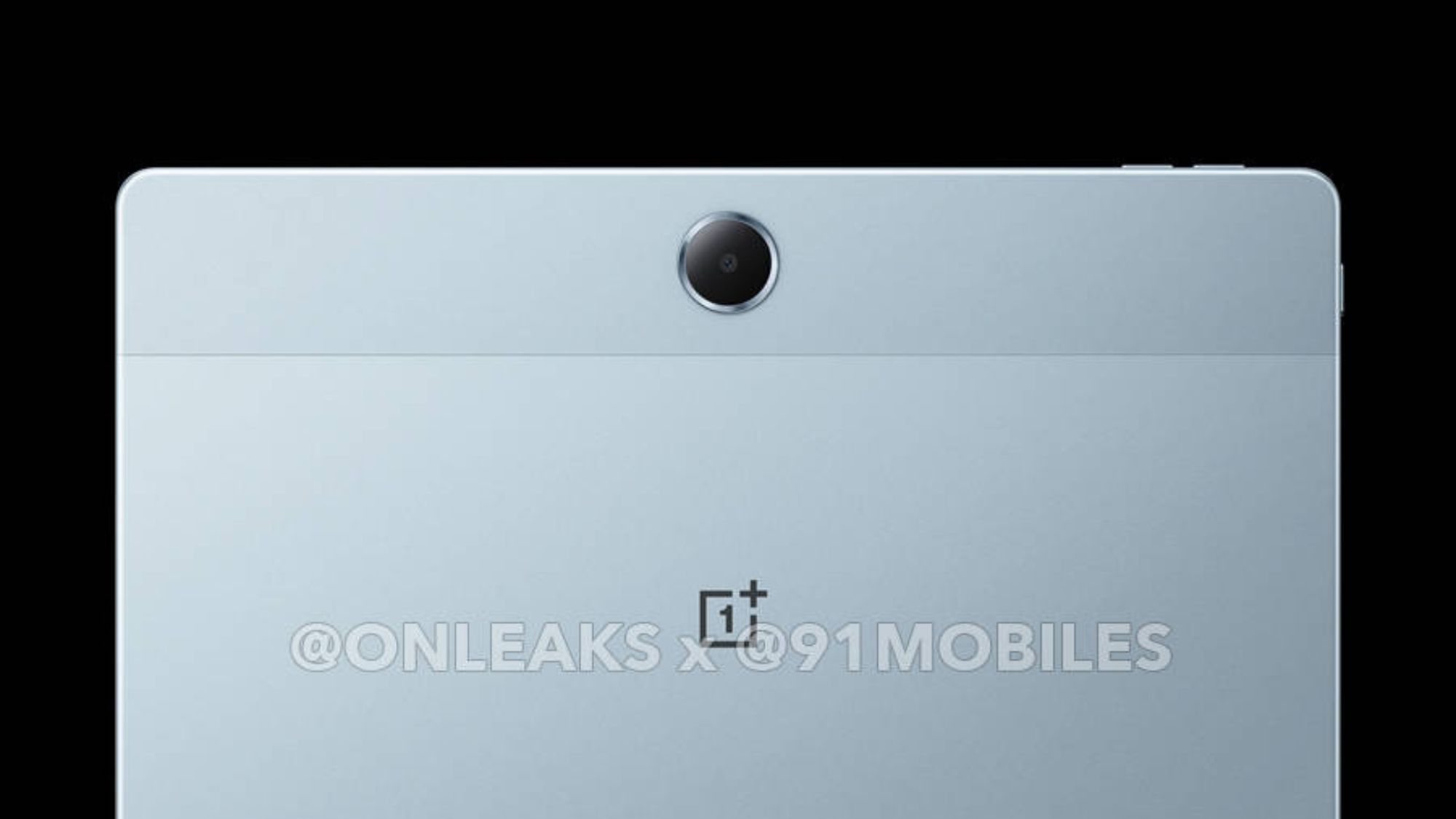



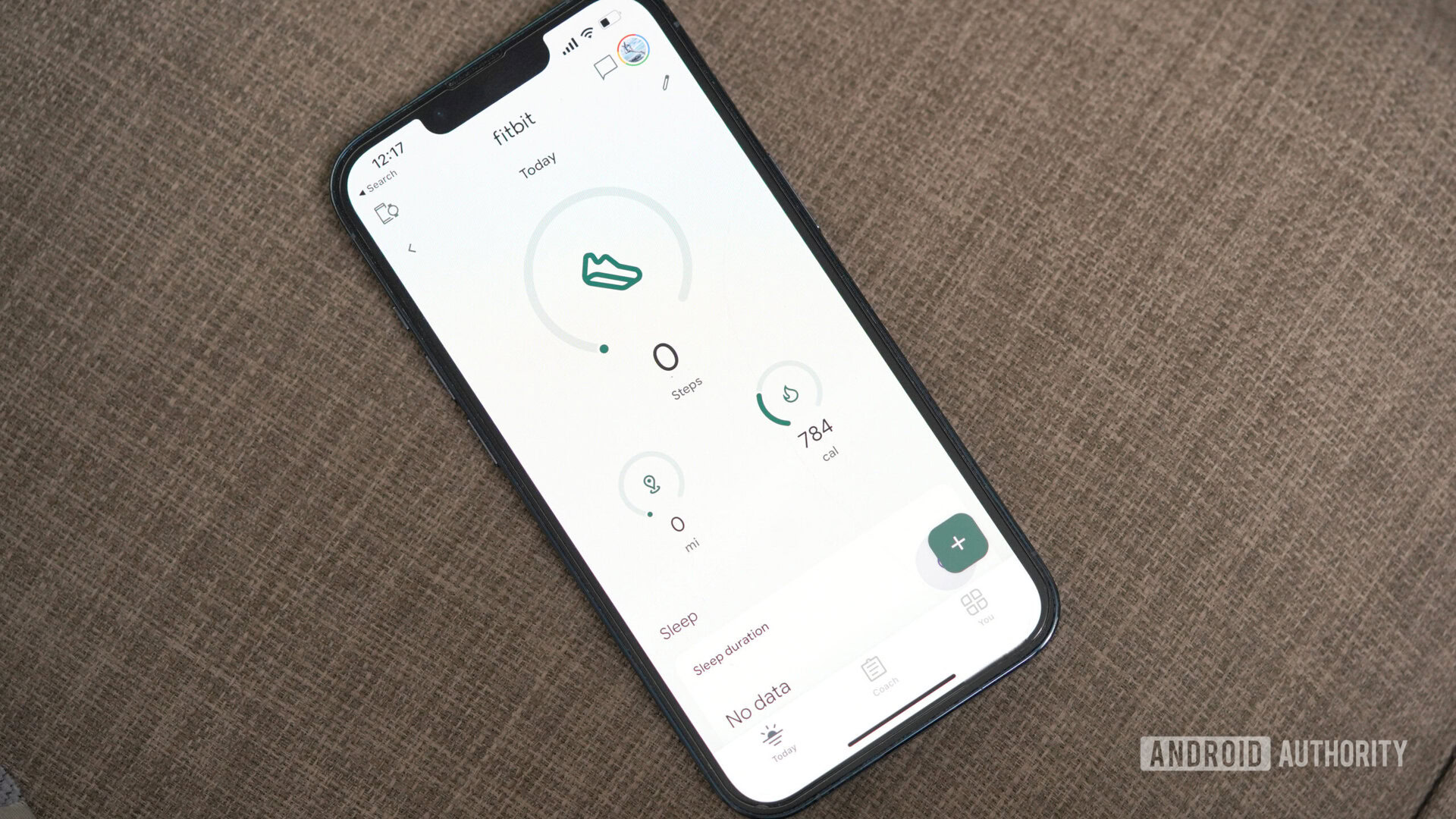



![iPad Air vs reMarkable Paper Pro: Which tablet is best for note taking? [Updated]](https://i0.wp.com/9to5mac.com/wp-content/uploads/sites/6/2025/05/ipad-air-remarkable-paper-pro.jpg?resize=1200%2C628&quality=82&strip=all&ssl=1)





![What Gemini app features are free versus paid? [June 2025]](https://i0.wp.com/9to5google.com/wp-content/uploads/sites/4/2025/01/gemini-android-5.jpg?resize=1200%2C628&quality=82&strip=all&ssl=1)












![Apple M4 Mac Mini Back on Sale for $499 [Deal]](https://www.iclarified.com/images/news/97617/97617/97617-640.jpg)

